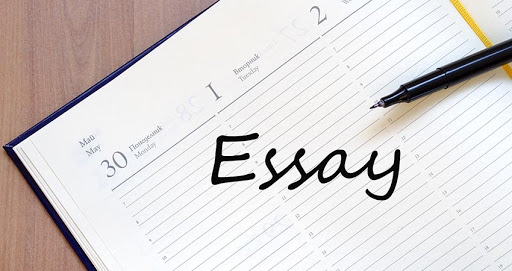How to write a conclusion to an essay

How to write a conclusion to an essay
How to write a conclusion to an essay
Teachers pay a lot of attention to the introduction and conclusion of research papers for a reason. Human psychology is built in such a way that what is said at the beginning and the end is best remembered. The same is true of what is read in text format, more specifically, essays. Even the weakest paper can be brightened up by a strong ending. So what do you need to know to do this?
How to draw a conclusion in an essay
To begin with, let's get acquainted with the basic requirements relating to the conclusion.
- As in the case with the introductory part, the conclusion does not start writing from a separate page, but simply from a new paragraph. Without strikethroughs or other separators.
- The word "Introduction" does not appear in the title. From the main body, move smoothly to the conclusion.
- Conclusions are drawn solely from what has been written before. No new information and fresh arguments.
- The volume of the final part is completely commensurate with the size of the essay itself, namely 5-10% of it. Consequently, if the text as a whole is 3 pages long, the conclusion should take up one-third of the last page.
- The style and font size is unchanged - fourteen Times New Roman.
If you comply with all of the above requirements and do not omit any of them, the essay will add up and will not raise questions from the teacher.

What should be the conclusion in the essay
There is a certain model of the ideal essay, the main features of which are outlined below.
- The conclusion should be concise and succinct. Write briefly and to the point.
- The concluding part should follow logically from the main part.
- Put a semantic point at the end. This is necessary to avoid unnecessary additional questions from the reader.
- Write a summary of what is said in the main body. Make a conclusion and draw the line.
Tips for writing a conclusion in an essay
Let's list the main recommendations that will contribute to writing a good essay.
- Avoid new facts or assertions. Your task is to summarize all of the above.
- Throughout the text, as well as in the conclusion, stick to a unified style of presentation.
- Avoid excusing phrases like "in my humble opinion." Your opinion expressed in the essay should be clear and confident.
- Only facts and arguments. It is on them, taken from the main body of the paper, that the conclusion of the paper should be based.
Methods of writing a conclusion in an essay
In order to draw a line at the end of the essay, you can stick to one of the common models used when writing it.
- Set aside specific phrases or ideas for writing a conclusion when working on the main body of the essay. As you move on to a new thesis statement, don't forget to summarize the previous one in one sentence.
- As you summarize the entire text, mentally ask yourself what it was all written for and what lesson the reader should learn by reaching the end. And answer your own question.
- Imagine yourself in a dialogue with the reader. Express yourself not on duty, but as if you are entering into a discussion or conversation that is interesting to both of you.
Typology of Conclusions in Essays
There are a number of certain patterns and techniques that help students summarize at the end of the paperhelpwriting . Let's share the most popular and reliable ones.
Cite a quote
Difficulties will arise in selecting an appropriate quotation for the topic. It will sound spectacular, but not everyone likes this technique, considering it a mauvais ton.

Ask a rhetorical question
Dialogue with the reader is always a plus. You just need to choose the right question, which will be consonant with the main theme.
“What is it that keeps people alive? I think love. People are alive with love for their family and friends, love for their native land and nature. They are led through life by dreams, hope for the best, and faith in their own strength. And kind feelings help them in their life: sympathy, mercy, responsiveness, sympathy. This is what our life is unthinkable without.”
To summarize the author's position
Often used technique, which is to derive the main idea from what was said before. The main thing is not to move into a pure paraphrase, but simply to summarize what has already been said.
Express hope
What could be better than an optimistic ending, giving faith in the best? The main thing is to remember to connect this device with what was stated in the main body.
"In summarizing what has been said, I would like to express the hope that harmony and mutual understanding will reign in every family. We want to believe that love, care, and sensitivity will be central to intergenerational relations."
Call to Action
The call to action will not be appropriate in all essays. Only in those whose purpose is to urge the reader to do something. Of course, you have to make it extremely convincing. The reader should believe you and not be stingy with emotion.
Looping
You can connect the conclusion to the introduction through the question asked at the beginning. A looped composition is appreciated by many; it's up to you to provide a logical and calibrated answer.